
Charlescamille Saintsaens 18351921 Drawing by Print Collector Pixels
Charles-Camille Saint-Saëns was a French composer, organist, conductor and pianist of the Romantic era. His best-known works include Introduction and Rondo Capriccioso, the Second Piano Concerto, the First Cello Concerto, Danse macabre, the opera Samson and Delilah, the Third Violin Concerto, the Third Symphony and The Carnival of the Animals. Saint-Saëns was a musical prodigy; he made his.
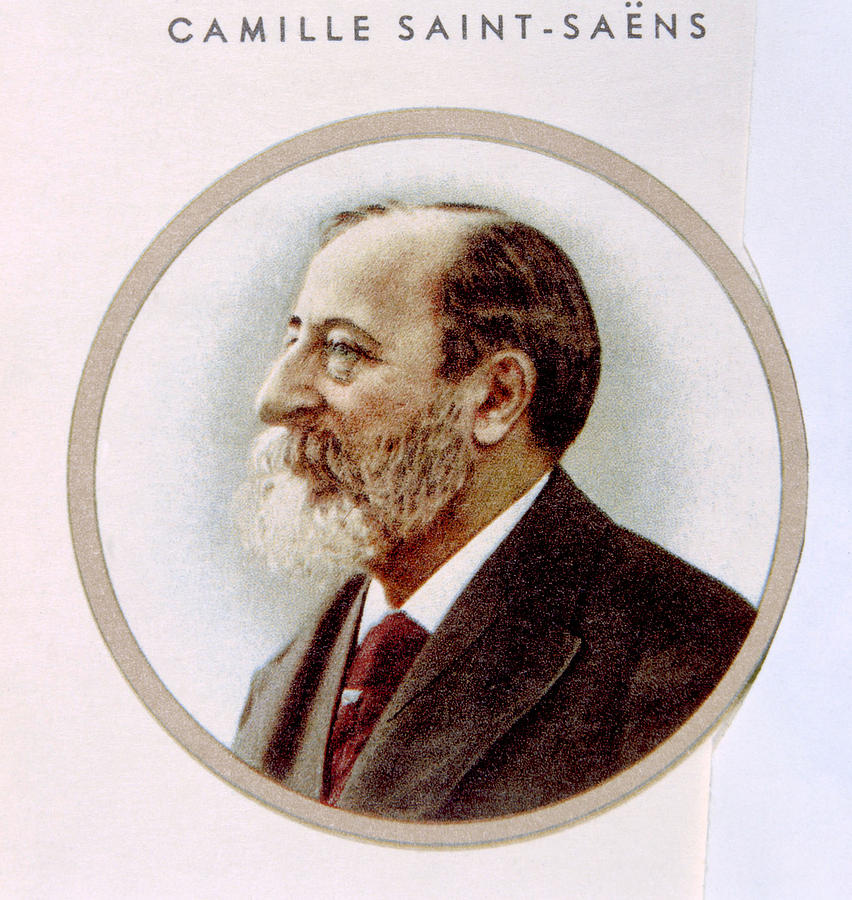
Charles Camille Saintsaens 18351921 Photograph by Everett Pixels
Charles-Camille Saint-Saëns was a French composer, organist, conductor and pianist of the Romantic era. His best-known works include Introduction and Rondo Capriccioso (1863), the Second Piano Concerto (1868), the First Cello Concerto (1872), Danse macabre (1874), the opera Samson and Delilah (1877), the Third Violin Concerto (1880), the Third ("Organ") Symphony (1886) and The Carnival of the.
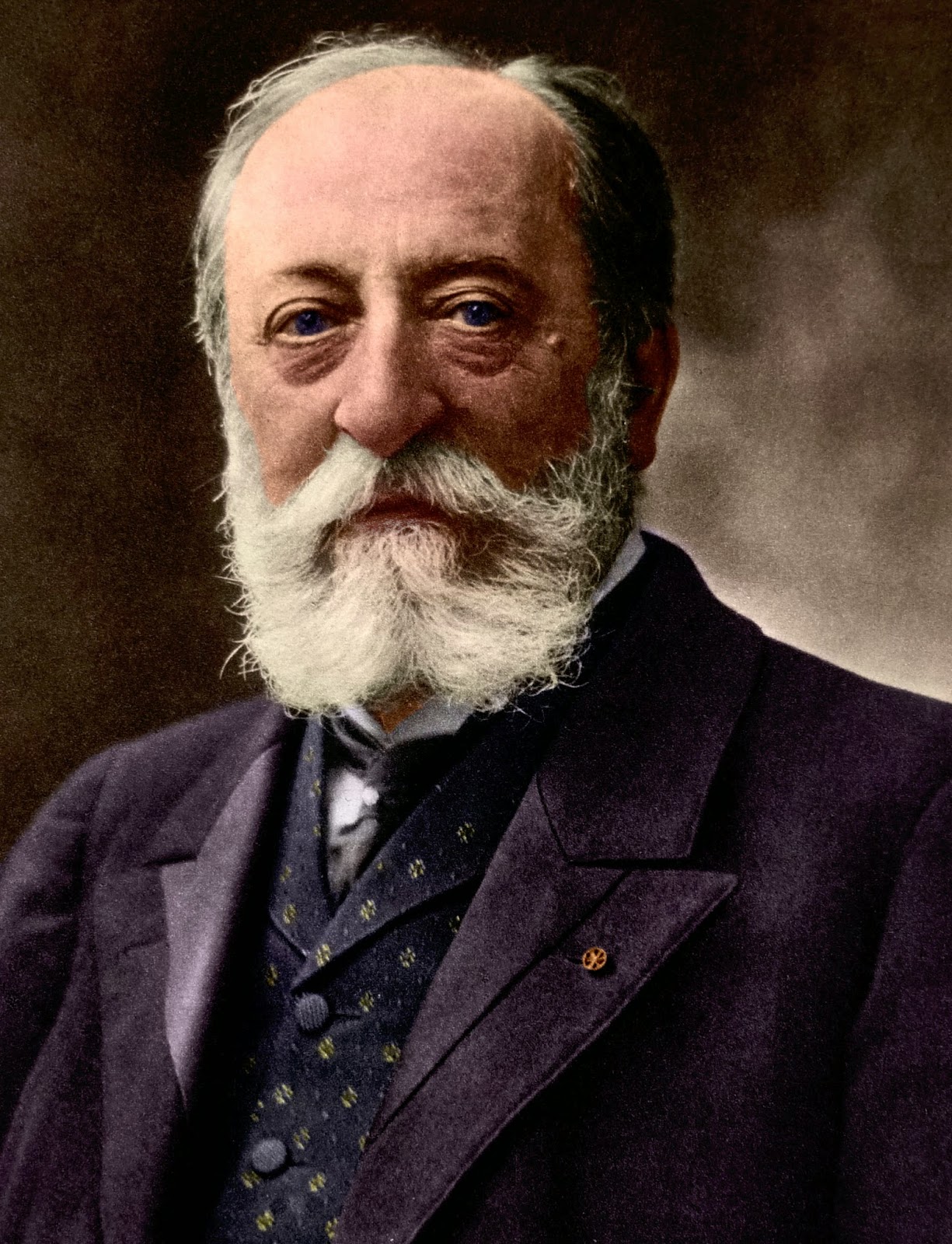
Plastificando ilusiones SaintSaëns es el compositor de febrero
Below is a sortable list of compositions by Camille Saint-Saëns.The works are categorised by genre, opus number, Ratner catalogue number, date of composition and titles. R numbers are from Camille Saint-Saëns 1835-1921: A Thematic Catalogue of His Complete Works by Sabina Teller Ratner (Oxford University Press).
COMPOSITORES ROMÁNTICOS (18201910) Camille SaintSaëns (18351921)
Saint-Saëns, Charles Camille (1835-1921) French composer, pianist, and organist. His conservative musical style is best represented by his third symphony (1886) and his sonatas. He also wrote descriptive works, such as Danse Macabre (1874) and Carnival of the Animals (1886). His operas include Samson and Delilah (1877).

CHARLES CAMILLE SAINTSAENS RNS Música Académica
SAINT-SAËNS, CHARLES CAMILLE (1835-), French composer, was born in Paris on the 3rd of October 1835. After having as a child taken lessons on the piano, and learned the elements of composition, he entered the Paris Conservatoire in the organ class, then presided over by Eugène Benoist, obtaining the second prize in 1849, and the first two years later.
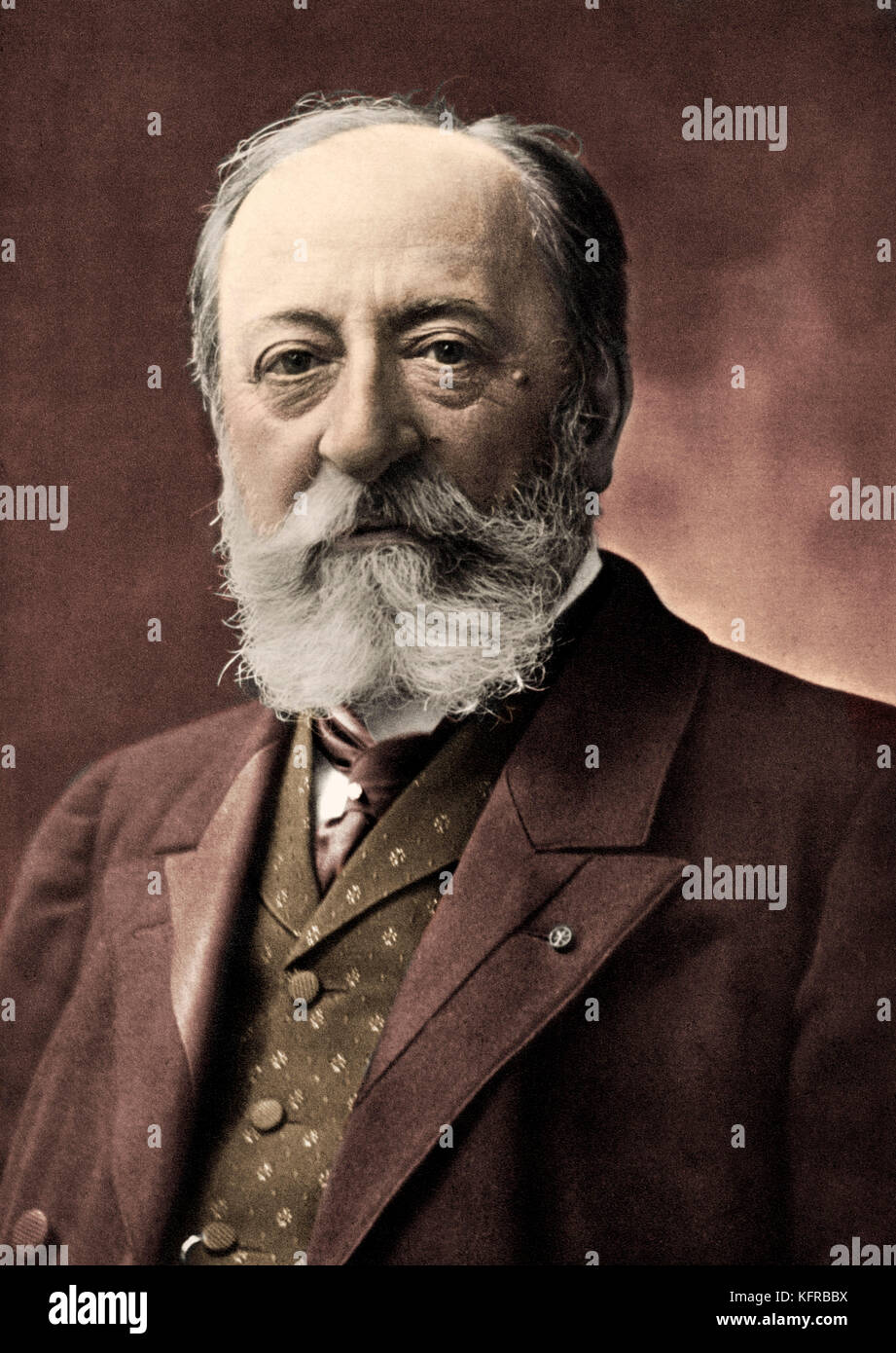
Camille SaintSaens French composer c.18901900. CSS 9 October Stock Photo, Royalty Free
Secure Transaction. Price Comparison. Worldwide Inventory
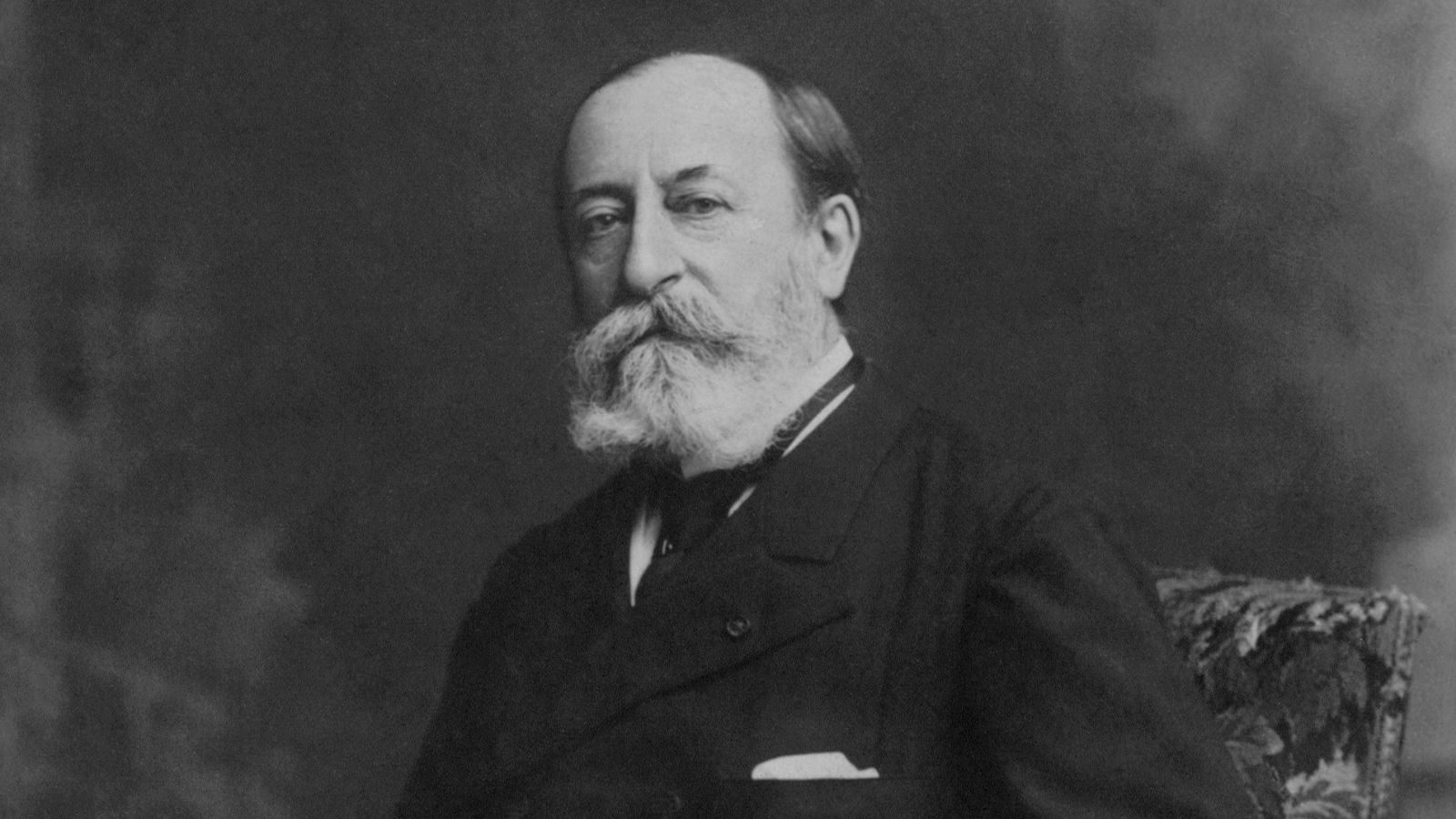
Camille SaintSaëns Dallas Symphony Orchestra
Charles Camille Saint-Saëns. 9.10.1835 - 16.12.1921 Country: France: Period: Romantique: Biography. Saint-Saëns was born on October 9, 1835. His native city was Paris, France.. Camille Saint-Saens - Violine Concerto 3 Havanaise Introduction et Rondo Capriccioso Piano Concerto 2 Concerto Saint-Saëns - Cello Concertos Nos. 1 & 2; Le.
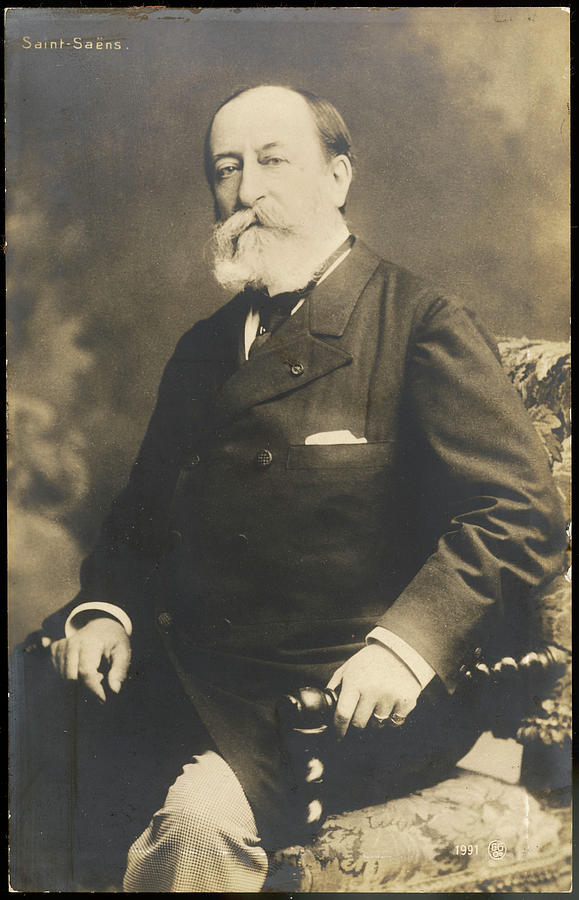
Charlescamille Saintsaens, French Photograph by Mary Evans Picture Library Pixels
Charles-Camille Saint-Saëns (9 October 1835, Paris - 16 December 1921, Algiers) was a French composer, organist, conductor, and pianist of the Romantic era. He is known especially for The Carnival of the Animals, Danse Macabre, the opera Samson and Delilah, Piano Concerto No. 2, Cello Concerto No. 1, Havanaise, Introduction and Rondo Capriccioso, and his Symphony No. 3 (Organ Symphony).
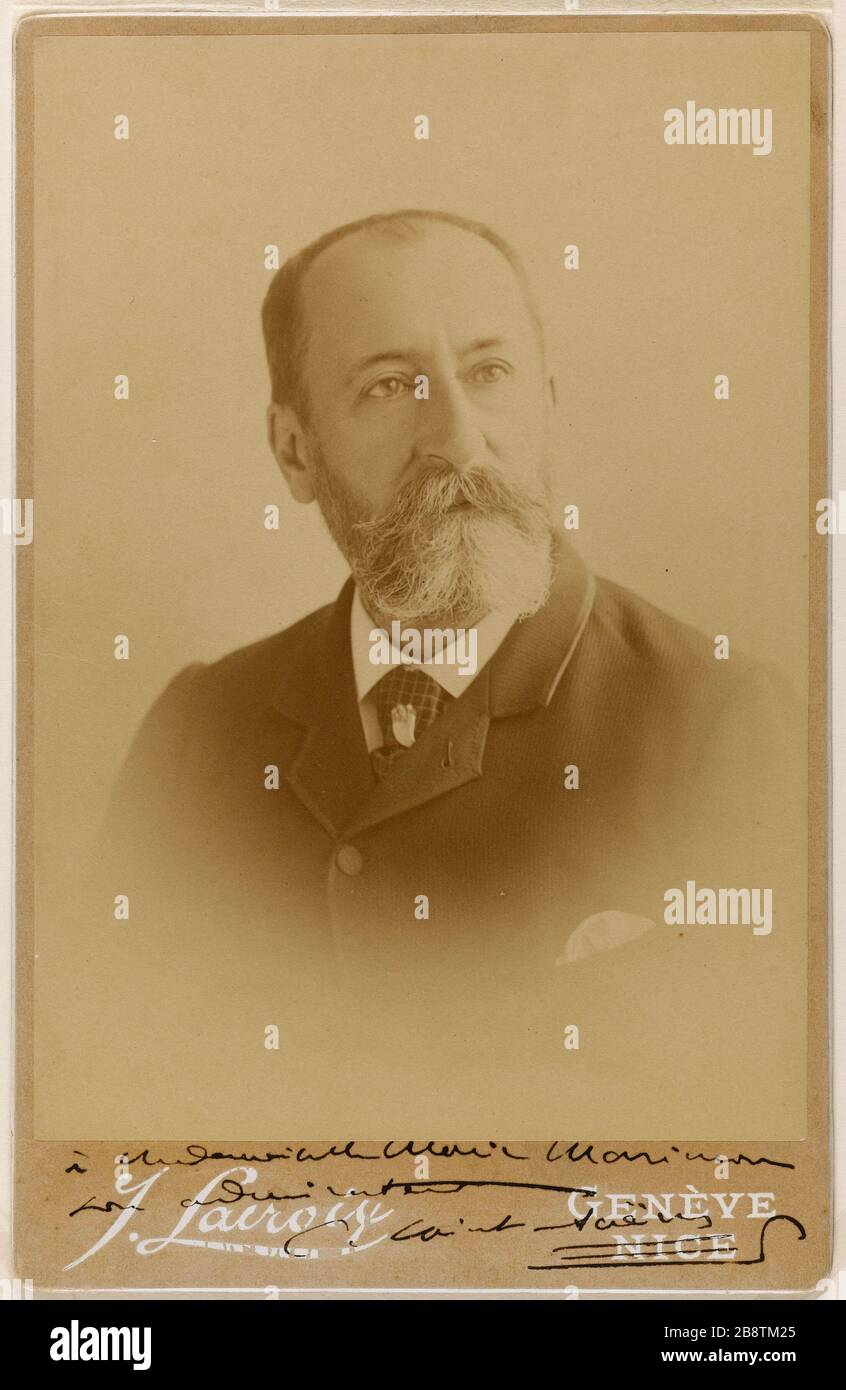
Portrait of Charles Camille SaintSaëns (18351921), composer. Portrait de Charles Camille Saint
Caprice héroïque, Op.106 (Saint-Saëns, Camille) Caprice sur des airs danois et russes, Op.79 (Saint-Saëns, Camille) Caprice sur les airs de ballet d'Alceste de Gluck (Saint-Saëns, Camille)

Camille SaintSaëns Saintsaëns, Music composers, Charles camille saintsaëns
Born in Paris in 1835, Charles-Camille Saint-Saëns was raised by his widowed mother and her aunt who introduced the young Camille to the piano and gave him his first lessons. The boy was a true prodigy, demonstrating perfect pitch at the age of two. He gave his first public concert at five, accompanying a Beethoven violin sonata on the piano.
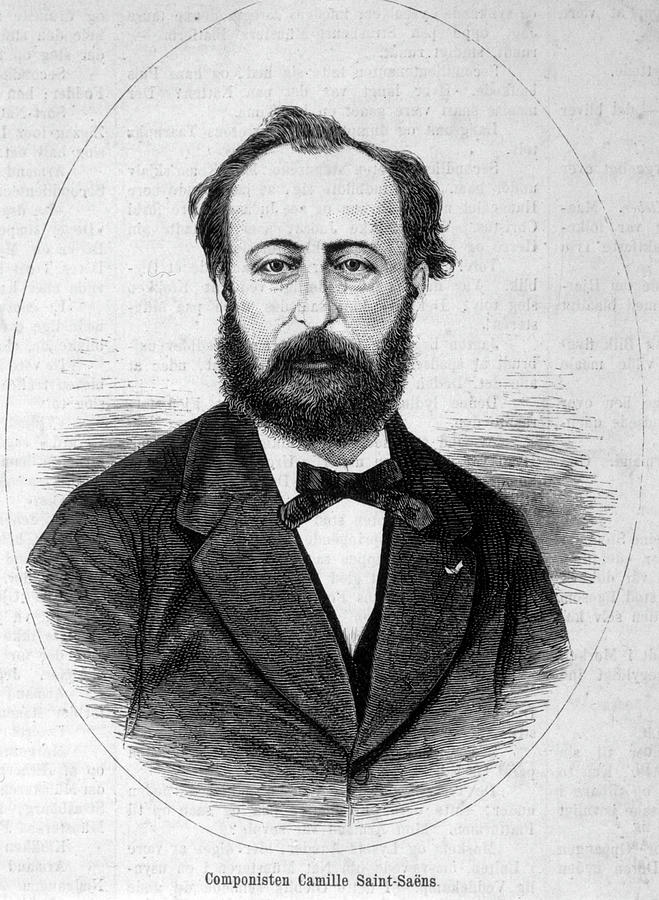
Charlescamille Saintsaens, French Drawing by Mary Evans Picture Library
Camille Saint-Saëns Biography by Robert Cummings. Camille Saint-Saëns was something of an anomaly among French composers of the nineteenth century in that he wrote in virtually all genres, including opera, symphonies, concertos, songs, sacred and secular choral music, solo piano, and chamber music.

Charles Camille SaintSaëns InstrumentosClasicos
Saint-Saëns circa 1880. The Carnival of the Animals (Le Carnaval des animaux) is a humorous musical suite of fourteen movements, including "The Swan", by the French composer Camille Saint-Saëns.The work, about 25 minutes in duration, was written for private performance by two pianos and chamber ensemble; Saint-Saëns prohibited public performance of the work during his lifetime, feeling that.
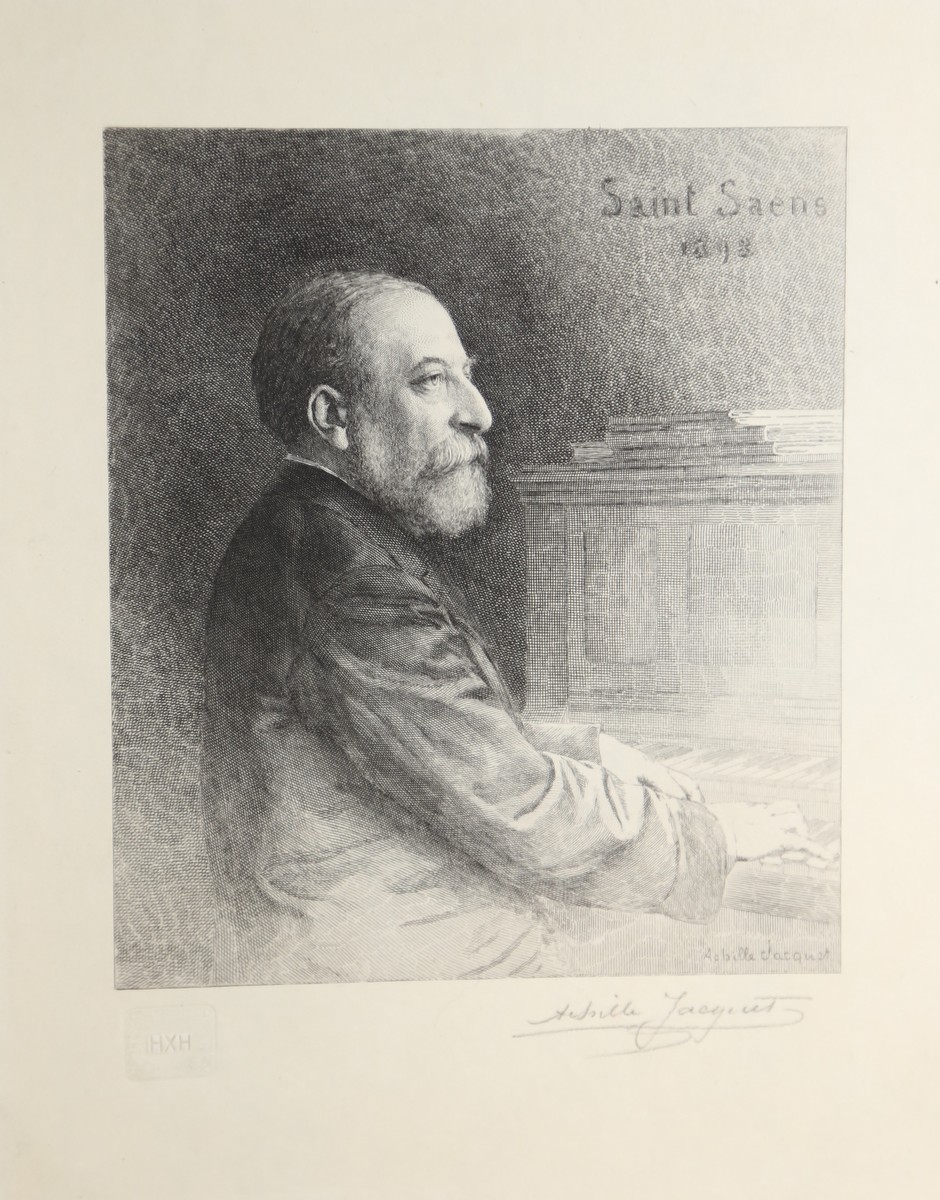
Portrait des Komponisten CharlesCamille SaintSaëns am Klavier. Halbfigur im Profil nach rechts
Danse Macabre (first performed in 1875) is the name of opus 40 by French composer Camille Saint-Saëns.The composition is based upon a poem by Henri Cazalis,.
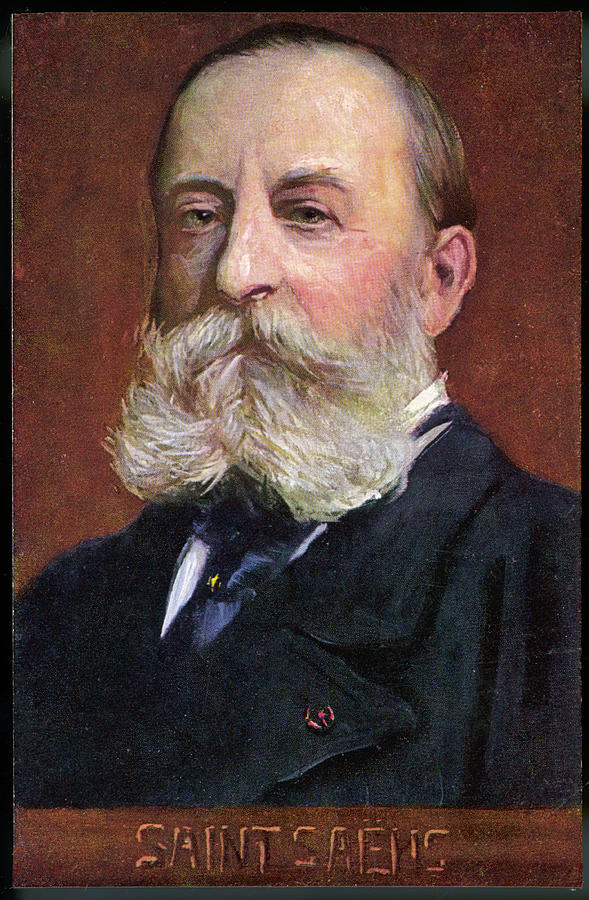
Charlescamille Saintsaens, French Drawing by Mary Evans Picture Library Pixels
Camille Saint-Saëns (born October 9, 1835, Paris, France—died December 16, 1921, Algiers [Algeria]) composer chiefly remembered for his symphonic poems—the first of that genre to be written by a Frenchman—and for his opera Samson et Dalila.Saint-Saëns was notable for his pioneering efforts on behalf of French music, and he was a gifted pianist and organist as well as a writer of.

Camille SaintSaëns. Symphonie Nr. 3, Jetzt bei Cultous bestellen
Charles-Camille Saint-Saëns (UK: / ˈ s æ̃ s ɒ̃ (s)/, US: / s æ̃ ˈ s ɒ̃ (s)/, French: [ʃaʁl kamij sɛ̃ sɑ̃(s)]; 9 October 1835 - 16 December 1921) was a French composer, organist, conductor and pianist of the Romantic era.His best-known works include Introduction and Rondo Capriccioso (1863), the Second Piano Concerto (1868), the First Cello Concerto (1872), Danse macabre.

CharlesCamille SaintSaëns, 86 (19351921) French Composer YouTube
Charles-Camille Saint-Saëns (1835-1921) was a French composer, organist and conductor who wrote works including Rondo Capriccioso, Samson and Delilah and Symphony No.3 'Organ'. Life and music Born in Paris in 1835, the son of an audit clerk and carpenter's daughter, Saint-Saëns showed signs of exceptional musical ability from infancy.